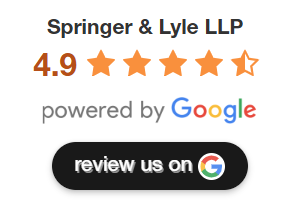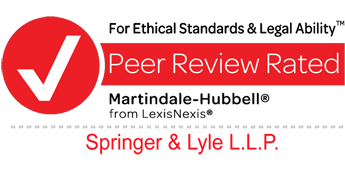Public database for safety complaints goes live~3 min read
JENNIFER C. KERR
The Associated Press
Friday, March 11, 2011; 10:04 AM
WASHINGTON — Despite a last-minute attempt to derail it, the government launched a public database Friday that allows people to report and search safety complaints on thousands of products – from cribs and toys to power tools and hair dryers.
SaferProducts.gov, overseen by the Consumer Product Safety Commission, went live as scheduled over the objections of manufacturers and a stalled GOP effort on Capitol Hill to withhold money for the project until critics’ concerns were addressed.
The database allows people to file reports of injury or potential harm about household products, baby gear and more. In the coming weeks, as consumers file reports with the agency, people will be able to search for safety complaints about specific items they might have in their homes or want to purchase.
“Through SaferProducts.gov, consumers will have open access to product safety information that they have never seen before and the information will empower them to make safer choices,” Inez Tenenbaum, chairman of the consumer safety agency, told The Associated Press.
But manufacturers, congressional Republicans and others charge the public database will be replete with bogus reports and misleading information.
“We want the information to be as accurate as possible in this database,” said Rosario Palmieri, vice president of regulatory policy at the National Association of Manufacturers. “Otherwise this will not be a useful tool for consumers.”
NAM filed a petition this week asking the commission to delay Friday’s launch to address manufacturers’ concerns. The agency said it is still reviewing the petition.
Manufacturers want the definition of who can file a report to be more limited. Pretty much anyone can make a report. They don’t necessarily have to have first-hand knowledge of what happened. Database opponents worry that business competitors, trial attorneys and others will populate the system with reports inspired by political or financial motives.
That was one of the reasons freshman Rep. Mike Pompeo, R-Kan., sponsored an amendment approved in the GOP-led House last month to withhold additional funding for the database. But the amendment stalled in the Senate, where Democrats remain the majority.
Consumer advocates say the database has safeguards to ensure accuracy.
“It will not be the doomsday scenario that the industry has said it is going to be,” Rachel Weintraub, director of product safety and senior counsel at the Consumer Federation of America, said in an interview. “The database will end the secrecy that currently prevents critical product safety information from reaching consumers.”
While the website went live on Friday, the first complaints to go public likely won’t come for about 15 days.
When a report is filed, agency staff will review it to make sure basic information is provided – name, contact information, product, injury and date. The personal information will be scrubbed before the report hits the database. The model number of the product is not required. The manufacturer is informed of the complaint and has 10 business days to respond before the report is made public.
When it goes up on the database, the company will be allowed to provide a response for consumers to see along with the original complaint about the product – a feature that database opponents say does not go far enough to ensure the accuracy of the complaint and could do irreparable damage to a company.
CPSC says reports that have missing or clearly untrue information won’t be published. But if a manufacturer disputes a claim that is submitted and the agency hasn’t had time to review the company’s response, the report of harm will still go live after 10 days – even as the agency reviews the company’s response. If the information is later found by CPSC to be untrue, it will be removed from the database.
During a recent “soft launch” of the public database, where the agency tested the system for about six weeks, 1,500 reports were filed by consumers. Of those, the commission says, 13 were identified by manufacturers as having false or misleading information.






